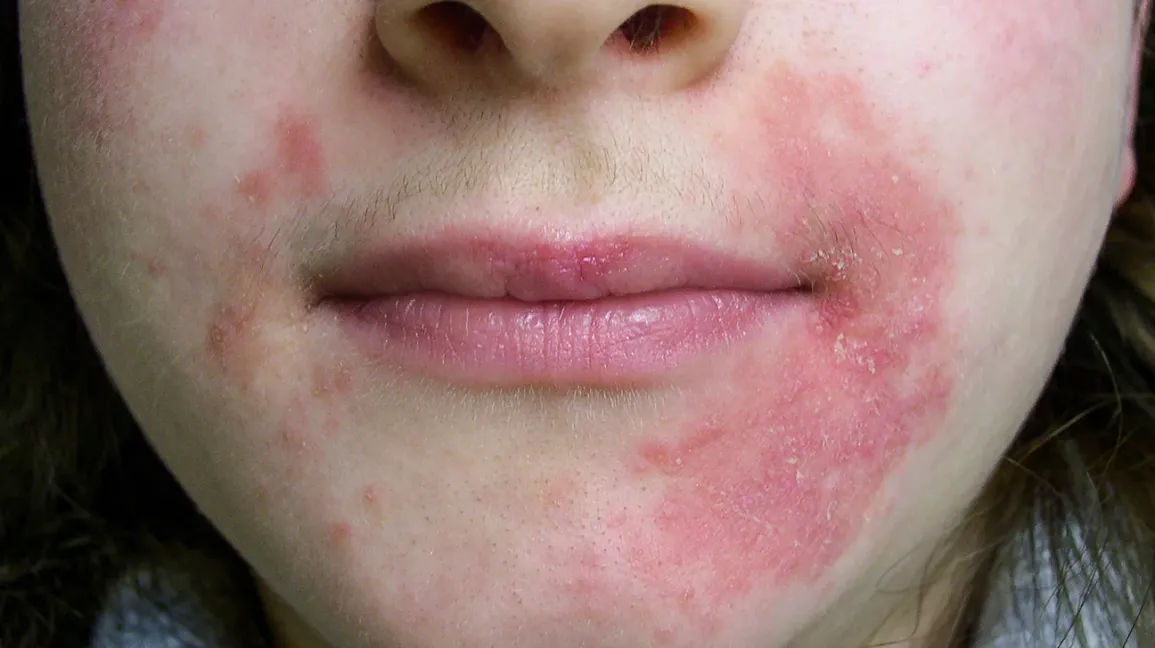Perineal dermatitis is irritation of the skin in the perineal area, including the region between the thighs, genitals, and anal opening. Often caused by moisture, irritants, or friction, it can result in significant discomfort and inflammation. This condition may have various underlying causes and contributing factors that require careful evaluation for effective management. Perineal dermatology, a specialized focus within dermatology, addresses these challenges by providing targeted care and treatment options.
Common Causes of Perineal Dermatitis
Perineal dermatitis often develops due to prolonged exposure to moisture, irritants, or physical friction in the sensitive skin of the perineal area. These triggers can lead to inflammation, irritation, and a reduced skin’s ability to protect itself, compounding the severity of the condition. Key contributors include:
- Urine and sweat: For individuals prone to incontinence or excessive sweating, these substances can break down the skin’s barrier over time, leading to irritation and redness.
- Harsh hygiene products: Frequent use of certain soaps, detergents, or personal care products containing strong chemicals can exacerbate irritation.
- Tight clothing: Wearing tight underwear or non-breathable fabrics may increase friction and trap moisture, creating an environment conducive to skin breakdown.
Risk Factors for Perineal Dermatitis
Several factors can increase the likelihood of developing perineal dermatitis. Recognizing these risks is key in determining preventative measures or treatment protocols. Risk factors may include incontinence, infections, skin conditions, and mobility issues.
Individuals experiencing urinary or fecal incontinence have a heightened risk due to prolonged contact with moisture and irritants. Fungal or bacterial infections put people at risk because the warm, moist perineal area can foster microbial growth, increasing susceptibility to skin infections that worsen dermatitis. Skin sensitivities from eczema, psoriasis, or lichen sclerosus may predispose patients to perineal irritation and inflammation. Patients unable to move frequently, such as those bedridden or wheelchair-bound, are also at risk due to prolonged pressure and reduced ventilation in the perineal area.
Symptoms to Identify
Perineal dermatitis often presents with a range of symptoms that can vary based on the severity and cause of the irritation. Common signs include redness, swelling, an itching or burning sensation, and cracking skin. People may also have moist skin or feel pain when moving. Some of these symptoms occur from chronic irritation or infection. Symptoms indicating infection, such as pus, fever, or significant discomfort, should prompt further evaluation and treatment.
Prevention Strategies to Reduce Risk
Effective prevention focuses on maintaining optimal hygiene, reducing moisture, and minimizing friction in the area. Implementing these measures consistently may help prevent irritation and the progression of dermatitis. Healthcare practitioners may recommend the following practices for managing or avoiding perineal dermatitis:
- Maintain skin hygiene: Clean the area daily with mild, fragrance-free cleansers to remove irritants while preserving the skin barrier.
- Use breathable fabrics: Wearing loose-fitting, moisture-wicking clothing can help keep the area dry and minimize friction.
- Apply protective creams: Barrier creams or ointments, such as zinc oxide formulations, can shield the skin from irritants and provide a protective layer.
- Frequent incontinence care: For patients managing incontinence, prompt cleaning followed by applying absorbent pads or briefs can reduce prolonged exposure to irritants.
Times to Seek Professional Care
Perineal dermatitis that does not improve with preventative measures or displays signs of infection requires evaluation by a healthcare provider. One indicator is if one experiences an increase in symptoms or an increase in the severity of symptoms. Some other indicators include increasing redness or pain, the appearance of pus or sores, and a fever. Timely diagnosis and treatment are key components of perineal dermatology. They enable healthcare providers to prevent complications and deliver relief to affected individuals.
Caring for Perineal Skin Health with Perineal Dermatology
Certain factors increase the risk of developing perineal dermatitis, which can result from irritants, infections, or underlying conditions. Recognizing symptoms and using prevention strategies to manage them effectively. If persistent symptoms or signs of infection persist, consult a proctologist for personalized solutions.
